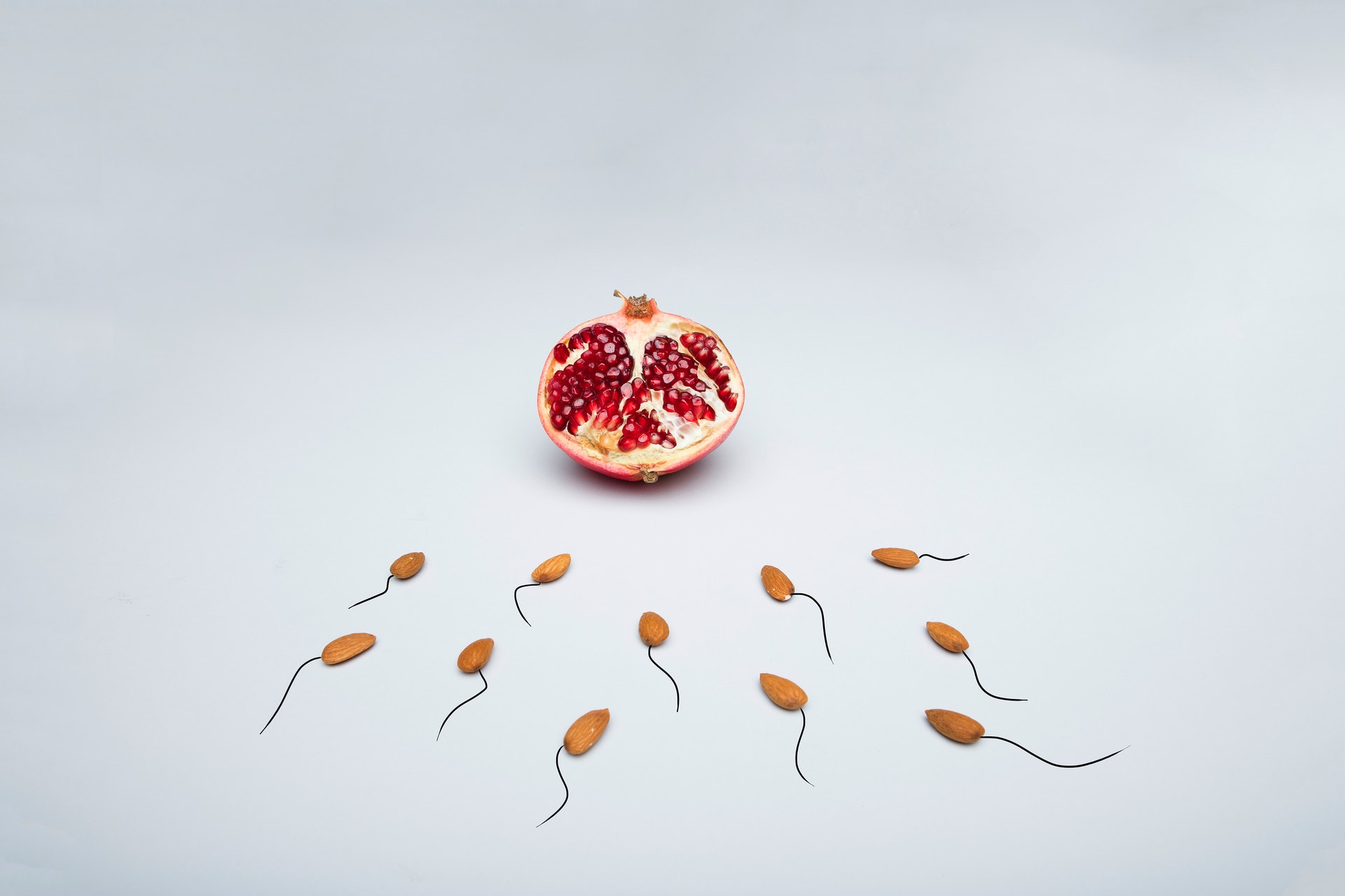

In vitro fertilization (IVF) is a procedure whereby a woman’s eggs are removed from her ovaries and fertilized with sperm in a controlled environment. In vitro fertilization is one of several assistive reproductive technologies (ART). The fertilized egg which is known as the embryo can be frozen and stored or inserted into the woman’s uterus to induce pregnancy. IVF creates a controlled environment that increases the chances of fertilization of an egg. The process could result in the formation of new life or lives.
There are several reasons why couples may decide to opt for an in vitro fertilization, it could range from a case of infertility in one or both of the parents to trying to prevent passing on a genetic disease to their offsprings.
The reasons why in vitro fertilization is performed include:
- Male infertility e.g. low motility/low sperm count
- Uterine fibroids
- Endometriosis
- Low-functioning ovaries/non-functional ovaries
- Old age; increased infertility in women above the age of 40
- Unexplained infertility
- Prevention of genetic diseases in the offsprings
And depending on the situation, the procedure may require:
- The eggs and sperm of the prospective parents
- The eggs of the prospective parent and the sperm of a donor
- Donated eggs and the prospective parent’s sperm
- Donated eggs and sperm
- Donated embryos
The process which could take up to seven weeks to complete normally begins with a visit or consultation with an OB-GYN.
In the first week, complete medical histories of the couple are collected in order to determine the appropriate course of action. In vitro fertilization can be a very pricey procedure, therefore, finances are also sorted out in the first stage.
The real treatment begins in the second week; extensive laboratory tests are carried out to make clearer the stage of infertility in the couples if any at all. However, the mother-to-be will be placed on oral contraceptives to regulate her menstrual cycle. The testing stage takes about three weeks to complete.
In the fifth week, she is placed off birth control pills and placed on fertility medication for about two weeks. During this period, the eggs will be monitored via blood tests and ultrasounds. The goal is to produce up to 4 viable eggs for in vitro fertilization.
The seventh and final week will see the couple undergo egg and sperm retrieval i.e. if the sperm hasn’t been collected and frozen beforehand. During the fertilization, various procedures can be used to increase the chances of success, e.g. intracytoplasmic sperm injection (ICSI), assisted hatching and preimplantation genetic screening (PGS).
Advantages of In vitro Fertilization
- It is safe, with a good track record; it is one of the most successful assisted reproductive technologies.
- It decreases the chances of miscarriage.
- You have complete control over the treatment schedule.
- It helps same-sex couples have their own children.
- IVF can help to detect health problems like fertilization problems and genetic diseases.
- Most importantly, it gives couples who, ordinarily, would be unable to have their own children the opportunity to change their story.
Disadvantages of In vitro Fertilization
Just as it is with many other medical procedures, in vitro fertilization comes with some health risks and complications such as:
- Multiple pregnancies
- Ectopic pregnancy
- There is an increased chance of premature births and low birth weight in babies.
- The treatment can be very expensive.
- Allergic reaction to medicines
- Emotional and psychological stress
After the implantation of the embryo into the prospective mom, it takes about 7 to 8 days after fertilization of the egg for implantation to occur.


